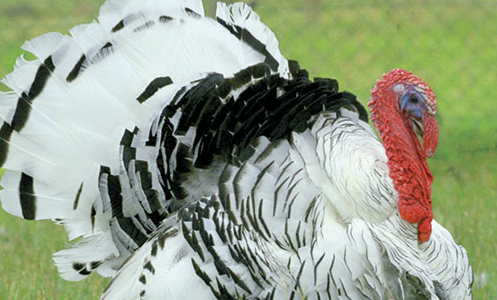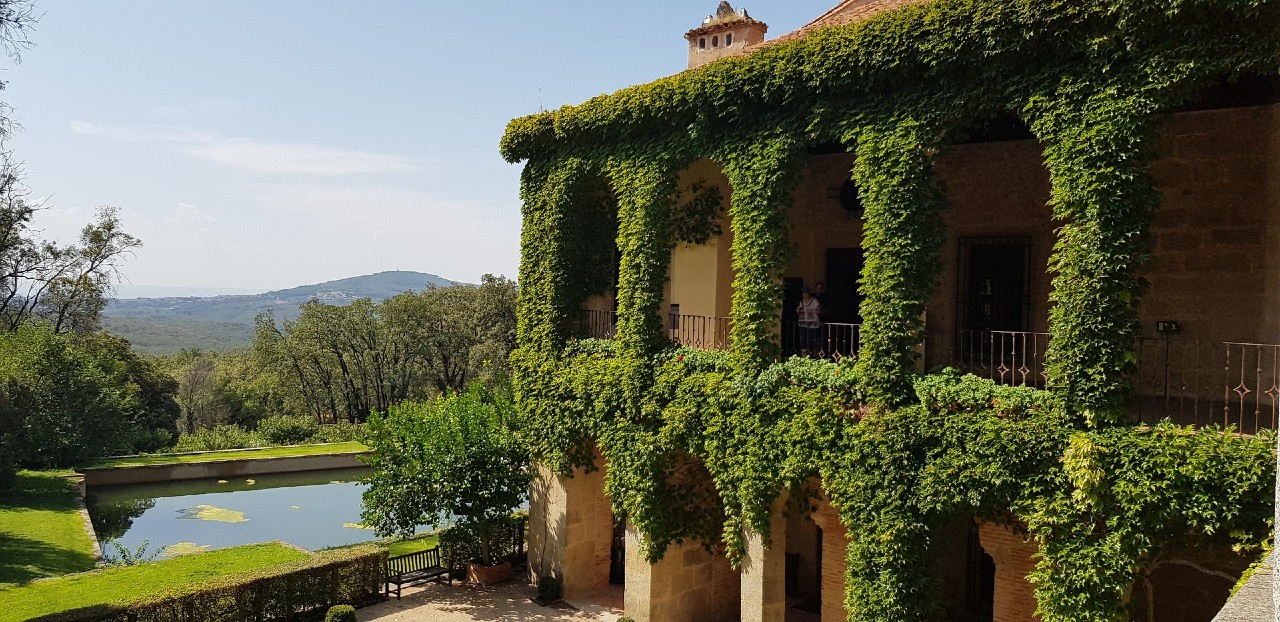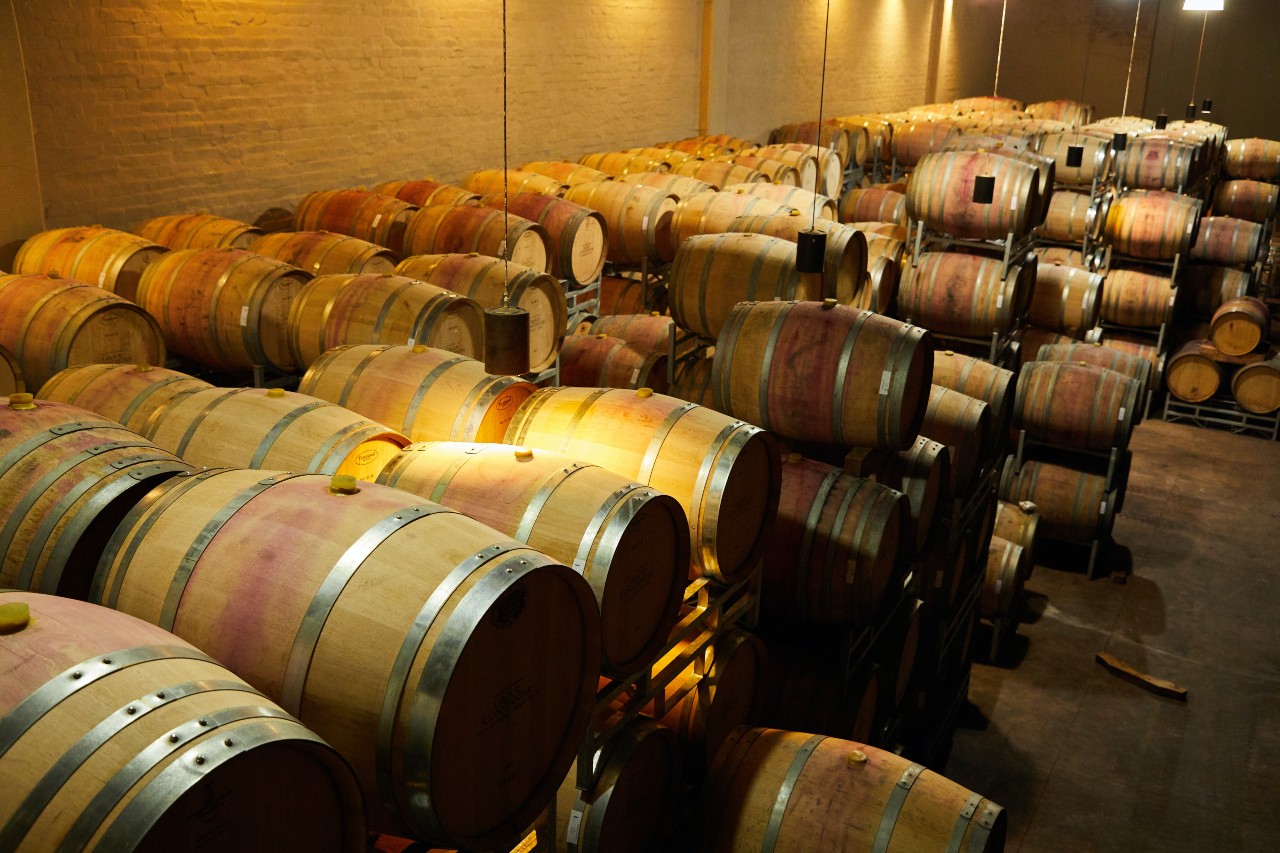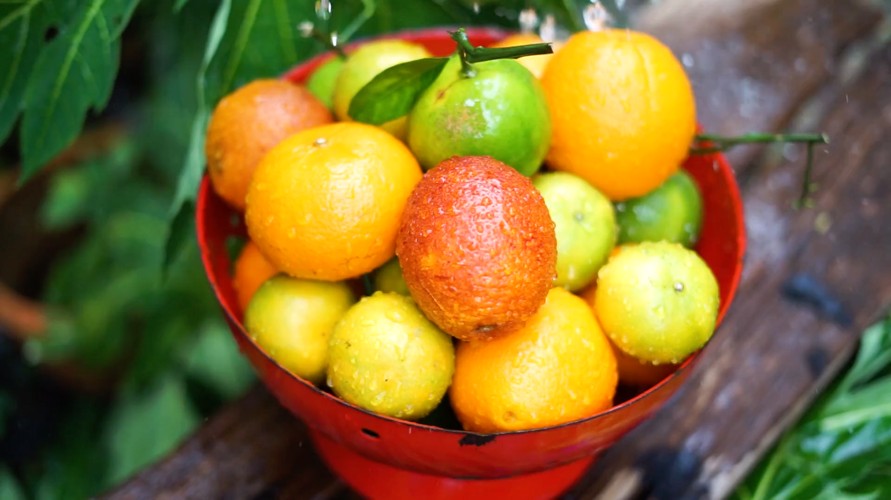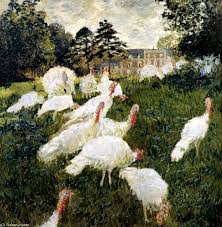
It’s December and Christmas is just around the corner. The shopping begins and the gatherings of friends, of family and the eternal question for those hosting a family Christmas at home. What shall I cook for Christmas? Thinking and thinking the famous Christmas turkey popped into my head which led me to the question: Since when has turkey been a Christmas dish in Spain? I don’t think it’s a traditional Spanish dish…now maybe yes, but in the XVI century? As far as I’m aware the turkey didn’t exist in Europe. Let’s look into it and see what we discover.
Logic dictates that it must have been the Spanish explorers under Hernán Cortés who were the first to have contact with this animal who logically brought it to Spain and from there to the rest of Europe, although at first it wasn’t widely appreciated by the population who already had high quality hens and chicken which are more tasty meats. It is the French, Jesuit missionaries who began to breed them in the département of Cher in the centre of France, specifically in the town of Bourges.

The development of colonial trade which followed the European expeditions to America, Africa and Asia reinforced the movement of foodstuffs and exotic condiments towards the Old World. This saw the arrival of amongst other things, corn, potatoes, sweet potatoes, kidney beans, tomatoes, pepper, sunflowers, turkey and so the eating habits underwent considerable changes and continued to change as the conquered lands increased and communication between the colonies and the metropolis was strengthened and improved.
On this occasion, the leading character in my article is the turkey, and we can see the gastronomy of the time enriched by this new and exotic American product, acquiring a certain caché as it could only be consumed by the wealthy or the small businessmen at special times of the year.
Little by little the turkey was introduced into Spain as a main course dish for the nobility, and from there it spread to other European kingdoms.
The cuisine of the French court at Versailles, set the tone for the cuisine of the other European royal houses. In the banquets the first ingredients from American began to make an appearance, turkey for example, which quickly became popular in aristocratic circles and can be found on many royal menus in the XVII.

In the Mayan period the turkey was considered to be a sacred beast which they called Guajolote and even today it’s known by this name in Mexico. It is the only domestic animal native to the north of the American continent and was domesticated by the native Mexicans from the Pre-Hispanic periods.
It’s Mexican name “Guajolote”, comes from Náhuatl “huexólotl”, which translates as “old monster” or “big monster” referring to the large size of the male and its flamboyant ornamental feathers topped by a featherless, red head and a flap of skin which hangs in front called a wattle. This reminds me that there are many expressions in English which refer to turkeys; To talk turkey (US), a turkey shoot, to go cold turkey, and the humorous British and Australian expression “ to be like turkeys voting for an early Christmas”.
The Mexicans connected the turkey with the God Tezcatlipoca and the deities of the Sun and life. In North America the Apache and Hopi tribes associated it with healing and agricultural practices, as a “giver of life” and participating in the creation of the Earth.

Wild turkeys can be found from the North of the United States to the centre of Mexico, although in Mexico there remain few examples of the wild bird. Decimated by hunting they can now only be found in the inaccessible forest areas in the North of the country and from there into the southern and Central zones of the United States where its population remains stable.
The turkey is a good breeding animal and as it is docile it can easily be bred domestically, although with some exceptions it is mostly eaten in the old continent only at Christmas dinner. However this is now changing and we are starting to consume turkey on a daily basis because of its nutritional properties. Turkey meat is low in fat, it doesn’t have intramuscular fat and is a great source of protein. When cooking we can remove the fat easily, as it is found between the flesh and the skin. It provides us with vitamin B3 and is a and is rich in vitamins such as iron, magnesium and potassium.
In Spain the main breeding centres are in Castilla and León although the best are raised in Aspe in the province of Alicante . It’s preparation is varied and circumscribed, each recipe to a geographical place.

In the golden century of French cuisine in the XVIII century, Grimod de la Reyniére, the father of gastronomic journalism was already describing the perfect recipe to prepare turkey. In “The Physiology of Taste” Jean-Anthelme Brillat-Savarin describes a recipe explaining how to prepare turkey with fruit. From these beginnings to Paul Bocuse’s wonderful recipe in which he stuffs the turkey with chestnuts, together with the liver and sweetbreads of the turkey and adding black truffles both to the stuffing and in between the skin and the flesh, there have existed many variations on the recipe of roast turkey with stuffing.
This leads us to the day when most turkey is eaten and how in my opinion the tradition of eating turkey at Christmas was born. Once again we see Anglo-Saxon customs conquer the rest of the world. I’m referring to Thanksgiving which is celebrated in the United States on the fourth Thursday in November, very close to Christmas Eve. Although it’s an American holiday, Thanksgiving is also celebrated in Canada.
This is a good opportunity to tell you that Thanksgiving Day is constantly under debate. The writers and professors Robyn Gioia y Michael Gannon of the University of Florida have indicated that the first celebration of this day in what is now the United States, was held by the Spanish on the 8th September 1565, in what today is San Agustín, Florida, promptly becoming one of the typical Christmas recipes.
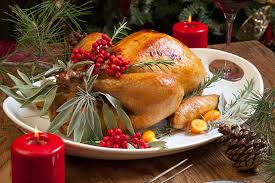
One anecdote we can recount is that Benjamin Franklin wanted to change the symbolic image of the bald Eagle for that of the turkey on the United State’s shield and it’s not such as harebrained idea, given that turkey was a basic food stuff of the Mayflower pilgrims after their pious landing in 1620.
¿Desde cuando el pavo es un plato navideño en España?
El Guajolote, olvidado símbolo mexicano – Relatos de la Naturaleza
El intercambio de alimentos entre Amèrica y Europa – historia de la alimentación
El pavo relleno/ origen de la tradicion y receta
Historia del pavo americano
Saber para comer/ Grimod de la Reyniere
La cocina del siglo XVII
Un pavo en nuestra mesa en la Navidad | Blog de cocina del Instituto La Rosaleda – Blog diariosur.es


